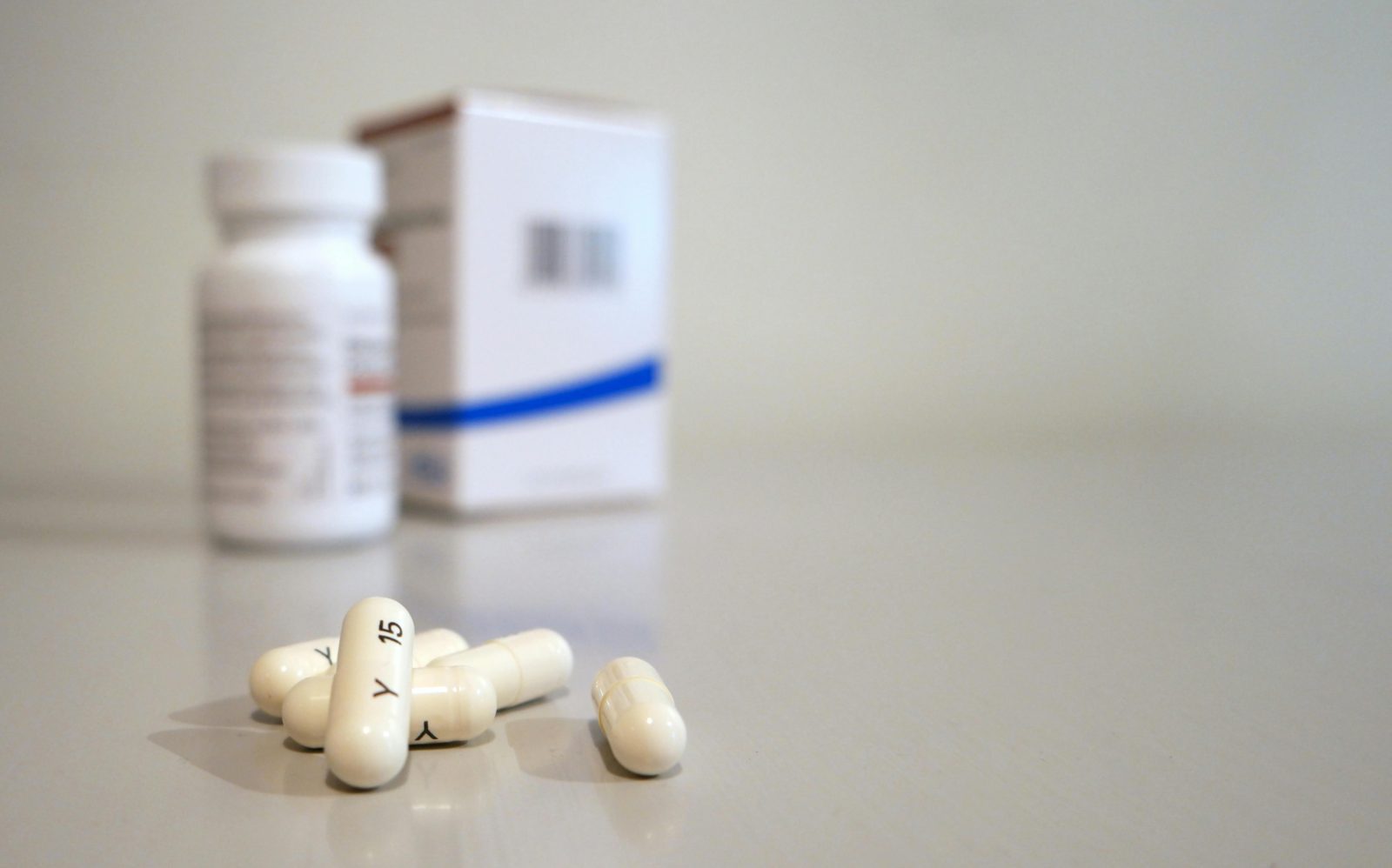The price of medications in the Czech Republic has significantly increased, with some drugs becoming more expensive by tens of crowns. This rise affects not only over-the-counter drugs but also those with co-payments. The primary reasons for this hike are higher production costs and a tax increase that took effect at the start of the year.
Marek Hampel, a pharmacist from Vrbno pod Pradědem and the chairman of the Pharmacy Owners’ Guild, has not observed any stagnation or decrease in the prices of over-the-counter drugs. “Everything has gone up primarily from production,” he said. Hampel notes that the inflating prices and increase in tax from ten to twelve percent have led to a rise in the cost of over-the-counter drugs by crowns and, in some places, even tens of crowns.
For a better understanding, let’s take the example of Paralen 500. In 2015, a pack of 24 tablets cost around 25 crowns. The price rose to an average of 32 crowns in recent years; today, it stands at more than 50 crowns. Despite being among the cheaper drugs, Paralen’s price increase indicates a broader trend. Martin Kopecký, the vice president of the Czech Pharmaceutical Chamber, confirmed that the prices of over-the-counter drugs have increased over the past five years, with the pace picking up recently.
Interestingly, the Czech Republic has the lowest drug prices among the European countries. However, the recent increases have been more noticeable because of this. The state does not regulate the prices of over-the-counter drugs, and companies have the discretion to increase prices as they see fit. Filip Vrubel, the executive director of the Czech Association of Pharmaceutical Companies, evaluated that the increase in VAT has been directly reflected in the final price in the vast majority of cases.
In conclusion, the rising prices of drugs are a reality that patients in the Czech Republic must grapple with. As the state doesn’t control over-the-counter medicine prices, and with production costs going up, it is up to the pharmaceutical companies to determine the price tags. As a result, patients are left with no choice but to pay up when they need these medications.





